Heat treatment services
Heat Treatment Services for Mechanical Reliability
What Is Heat Treatment?
Steel contains elements other than iron itself, and pure iron is rarely available commercially. One of the most common elements found in steel is carbon. The properties of steel change based on the arrangement of iron and carbon within it. For instance, if you rapidly evaporate saltwater, you obtain fine crystals; if you evaporate it slowly, larger crystals form.
Similarly, the structure of iron and carbon changes based on temperature and cooling speed. Heat treatment is the method used to alter the arrangement of iron to achieve desired properties.
Types of Heat Treatment Processes
Full Heat Treatment
The most common heat treatments are often referred to as an “full heat treatment” because they involve heating or cooling the entire component in a furnace. These treatments are classified into four main types:
Quenching
This process involves heating iron to a red-hot temperature (approximately 800°C to 850°C ) and then rapidly cooling it in water or oil. Quenching significantly increases the hardness of steel, but it also makes it brittle.
Therefore, it is typically followed by a process called tempering. Care must be taken during quenching to avoid cracks or distortions due to the expansion and contraction of the material.
Tempering
After quenching, parts are reheated and then cooled. Tempering reduces hardness slightly while eliminating brittleness, allowing the material to be both hard and tough. It also relieves internal stresses caused by uneven contraction.
Tempering can be categorized into low-temperature (150°C to 200°C) and high-temperature (550°C to 650°C) processes, each involving different heating durations.
Annealing
Annealing is the opposite of quenching. It aims to soften steel for easier processing or to alleviate hardening effects from previous processing. This process involves heating the material to create a uniform structure and then cooling it slowly.
Various annealing types require temperatures ranging from about 550°C to nearly 950°C, with a typical hold time of about an hour.
Normalization
Normalization aims to homogenize the uneven structure of iron that develops during manufacturing, preparing it for subsequent processing, such as cutting or stamping. The iron is heated to around 800°C to 900°C and then air-cooled.
Get a Quote today
Get a fast, accurate quote tailored to your project needs.
Heat Treatment Services
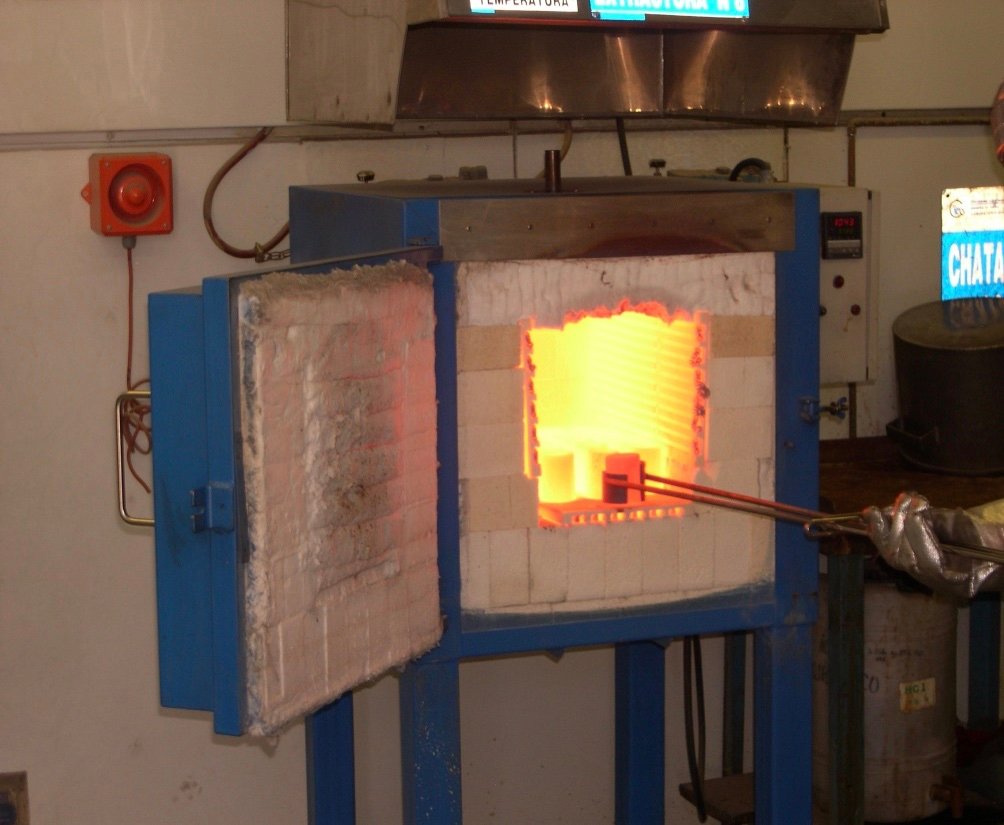
Hardening is essential to extend the life of metal components under constant stress and friction. Through controlled heating and quenching, we enhance material hardness while maintaining internal strength.
At Fiesco Precision, we ensure dimensional stability and consistent results across all treated parts. Our precision-controlled furnaces guarantee uniform results that meet ISO and ASTM standards, ideal for high-performance applications like automotive shafts, gears, and heavy equipment
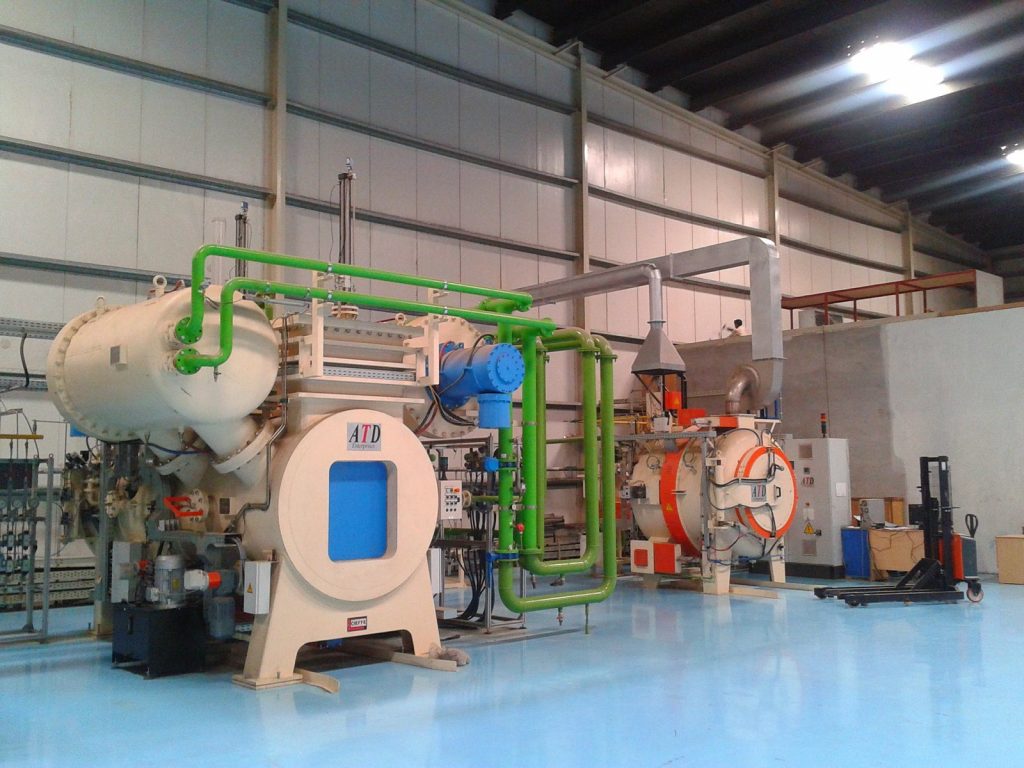
Nitrurizing strengthens the surface layer without altering the core structure. The result: improved fatigue resistance, enhanced corrosion protection, and longer component life.
We apply gas and plasma nitriding techniques to ensure precision and repeatability. Manufacturers in California’s aerospace and energy industries rely on Fiesco for parts that perform reliably in harsh environments.
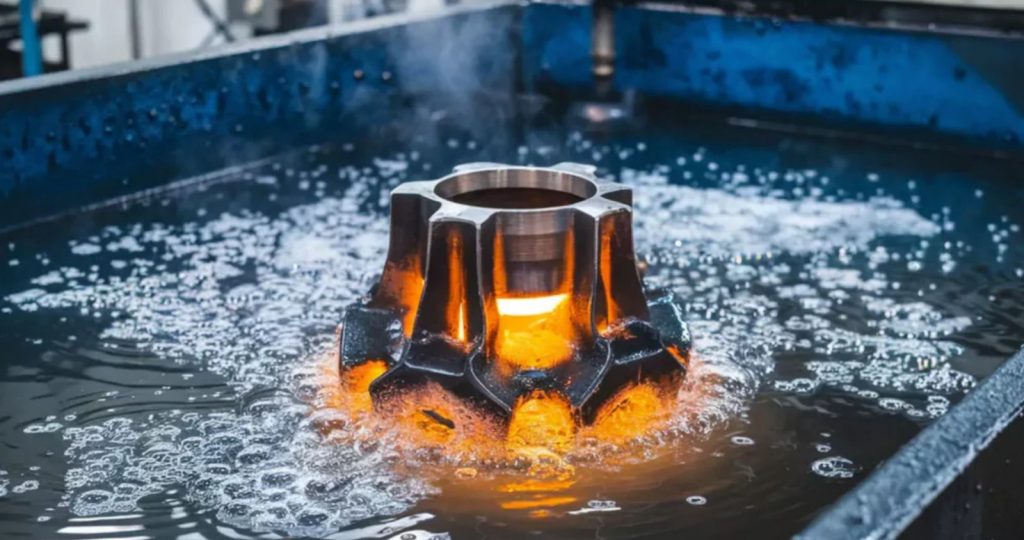
Case hardening gives metals a tough, wear-resistant exterior while keeping the core flexible. This dual strength is critical for impact-resistant components.
At Fiesco, we optimize carbon diffusion to ensure consistent case depth and surface integrity. Our processes are monitored in real-time, delivering durable parts that maintain structural balance across every batch.

Carburizing introduces carbon to the surface of steel components to boost hardness and wear resistance. This process is perfect for gears, bearings, and other load-bearing parts.
From automotive suppliers to industrial manufacturers in California, Fiesco’s carburizing treatments ensure long-lasting, high-precision performance. Every project is carefully controlled to meet customer specifications and traceability requirements.
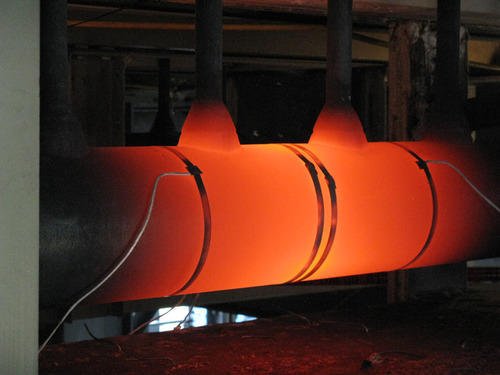
Stress relieving eliminates internal stresses caused by welding, machining, or casting. This process ensures your parts maintain their geometry and mechanical properties during service.
Fiesco’s thermal treatment systems stabilize parts prior to finishing, preventing distortion and premature wear — ensuring your assemblies fit perfectly the first time.
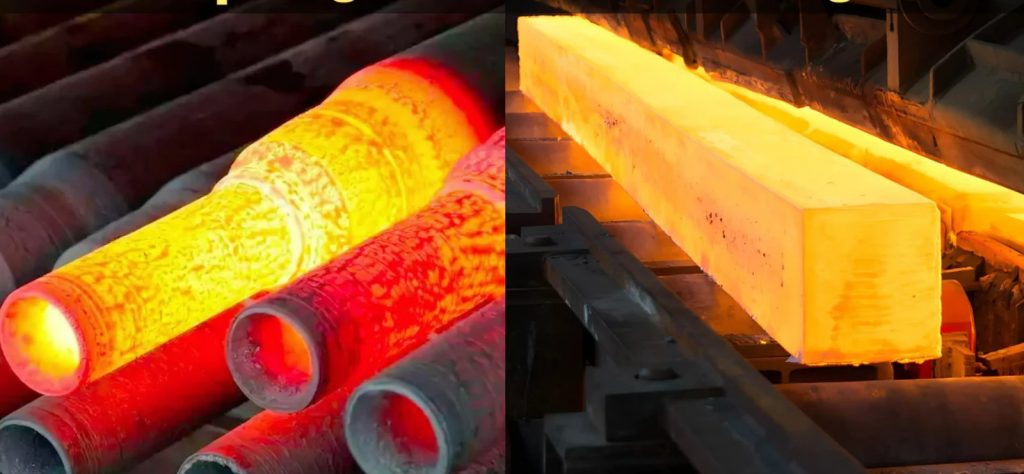
Annealing softens metals to improve ductility and workability while enhancing their structural homogeneity. This process also increases corrosion resistance and electrical conductivity.
Our controlled atmosphere annealing ensures consistent grain structure, ideal for materials requiring deep forming or bending. Clients across Southern California trust Fiesco for reliable metal conditioning before production.
Other Services He Handle
- Carburizing
- Nitriding
- Case hardening
- Black oxide
- Passivate
- Platting
- Powder coat
Each anodizing process ensures a consistent, durable, and high-quality finish.
Why Choose Fiesco for Heat Treatment
When you choose Fiesco Precision for heat treatment, you benefit from:
Reliable mechanical enhancement for your parts (hardness, strength, elasticity)
Reduced risk of failure due to stress, fatigue or wear
Integrated service: heat treatment plus finishing, machining, or coating if needed
Strict quality controls and inspections at every stage
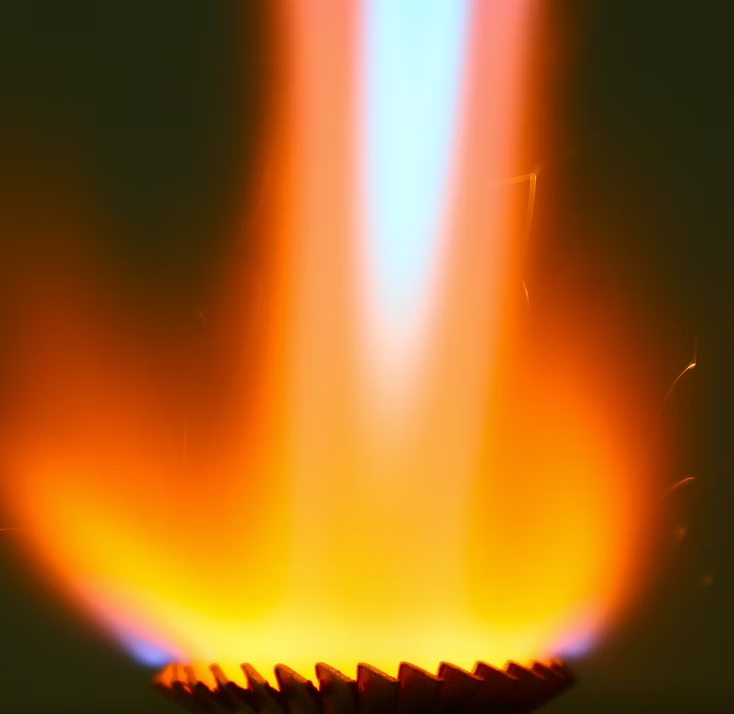
Request Your Heat Treatment Quote Today
Tell us about your material, part geometry, required mechanical properties, batch size, and timeframe. We’ll deliver a quote tailored to your heat treatment needs—with reliability, quality, and on-time delivery.
